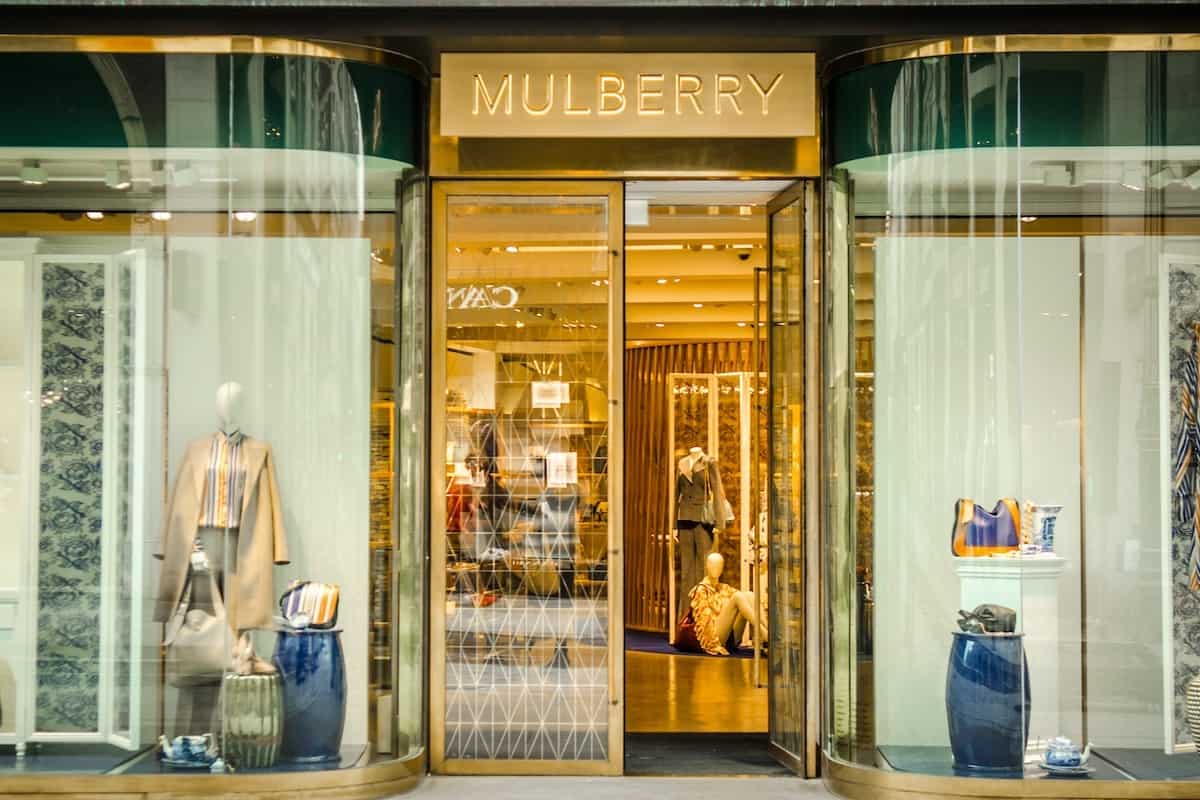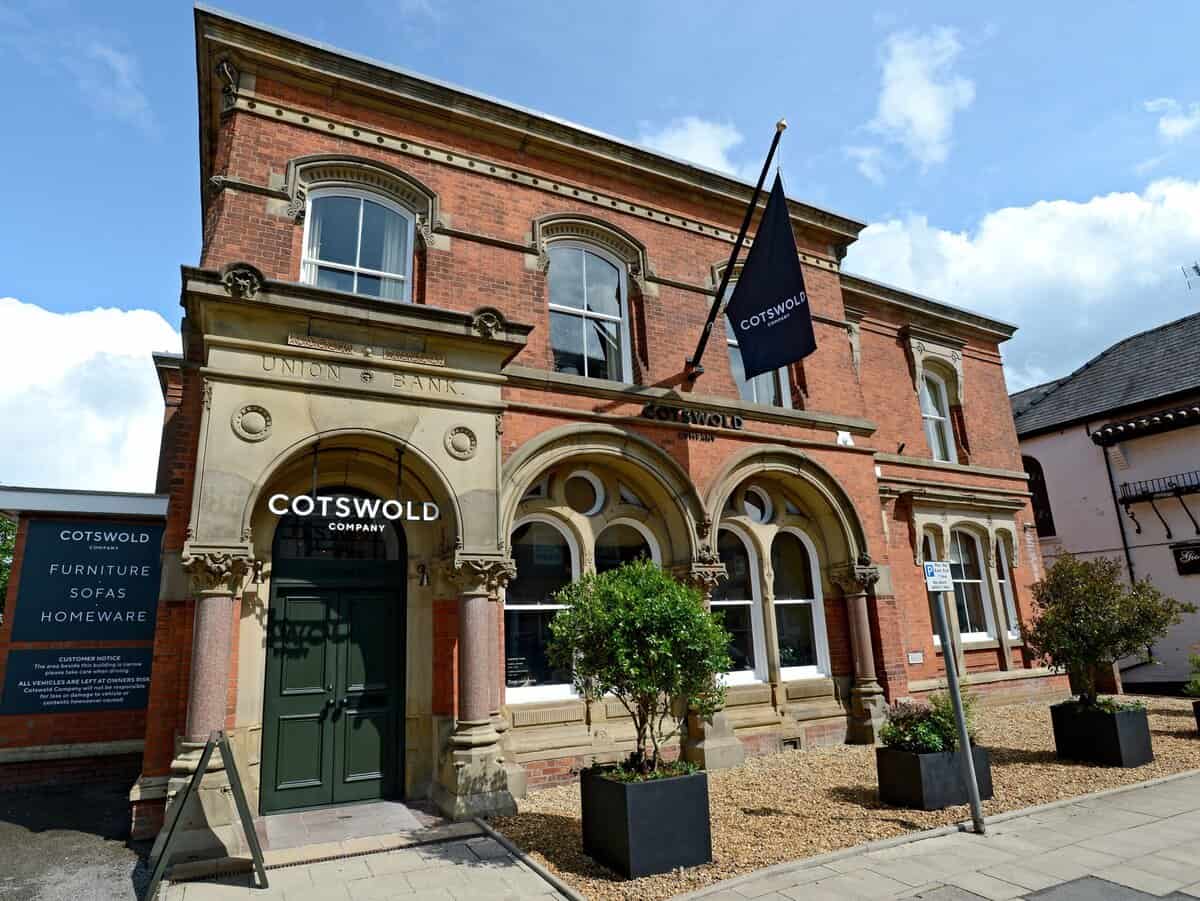The idea that Click and Collect will save the high street is “just wishful thinking”, according to a senior analyst.
Patrick O’Brien, lead analyst at Verdict Retail, says too many retailers and commentators believe that using the store as a collection point will stop or even reverse damage that the high street has suffered at the hands of online shopping. But that is not realistic, he says.
For while building an omnichannel shopping operation is, he believes, an imperative for retailers, it’s not the panacea that many believe. Rather, he argues, local convenience stores will be the winner as local collection-based services extend to pureplays the same advantages that high street retailers currently enjoy from their store-based pick-ups. Services such as Collect+, which enable collection from shoppers’ local shops, as well as pick-ups from lockers, will inevitably trump in-store collections, he says.
“Convenience is a major spending trigger for the modern time-pressed consumer,” said O’Brien, “and while in some cases the retailer’s store will be more convenient to collect from, convenience stores have the edge in terms of location and longer opening hours. Consumers with a satisfactory experience from a Collect+ or equivalent service are more likely to want to use it for subsequent purchases from other retailers, which will be bound to begin offering such services. As these (monochannel) services continue to grow, they will reduce the role of retailer in-store collection. As such, the benefits of a multichannel operation over a pureplay start to evaporate as the retailer’s store is replaced by the convenience store.”
Thus neighbourhood stores will have the opportunity to benefit from local collection by offering coffees and breakfast snacks to those picking up in the morning, and food items for those picking up on the way home.
“We therefore don’t believe that in the long term, collection at the retailer’s stores will be the preferred way for shoppers to get their online orders,” said O’Brien.
The comments come in the week that the latest figures from the Local Data Company showed shop vacancies decreased slightly in February.
Town centre vacancy rates fell for the fifth month, dipping to 14.12% from 14.15% in January.
Matthew Hopkinson, director at the Local Data Company, said the “marginal” reduction reflected changes in town centres with some shops changing to alternative uses such as leisure or entertainment, and some being demolished or redeveloped.
Hopkinson pointed to positive news including some new openings from existing retailers and the re-emergence of Jessops from administration. But he warned: “It has to be taken in the more significant wider context of the requirement for reduced shop numbers as Jessops has shown with a proposed reopening of just 16% of the original store portfolio.”
Our view: The high street has come in for a great deal of both wishful and pessimistic thinking in recent months. While some predict the death of the high street, others see multichannel as its saviour. We’d suggest that both are over-egged. As Patrick O’Brien comments here, anyone who is relying on Click & Collect to save the high street is unrealistic. We’d counter that the high street is, in our view, not dying but changing.
It’s not so many years since high streets were being bashed as ‘clone towns’. One effect of online retail has been to see some over-extended chains reduce their estates in the light of effect ecommerce is having on their businesses. But the Local Data Company has in previous months detected the rise of the independent shop in its place, and this month points to the rise of change of use to leisure and entertainment.
Its in this variety and diversity that we see the future of the high street: there will be stores as collection points for their online sales sitting alongside entertainment and leisure outlets, as well as chain outlets situated only where they more accurately respond to local demand. The future of the high street is certainly set to be different. We hope that will be interesting-different, rather than dead-different.








